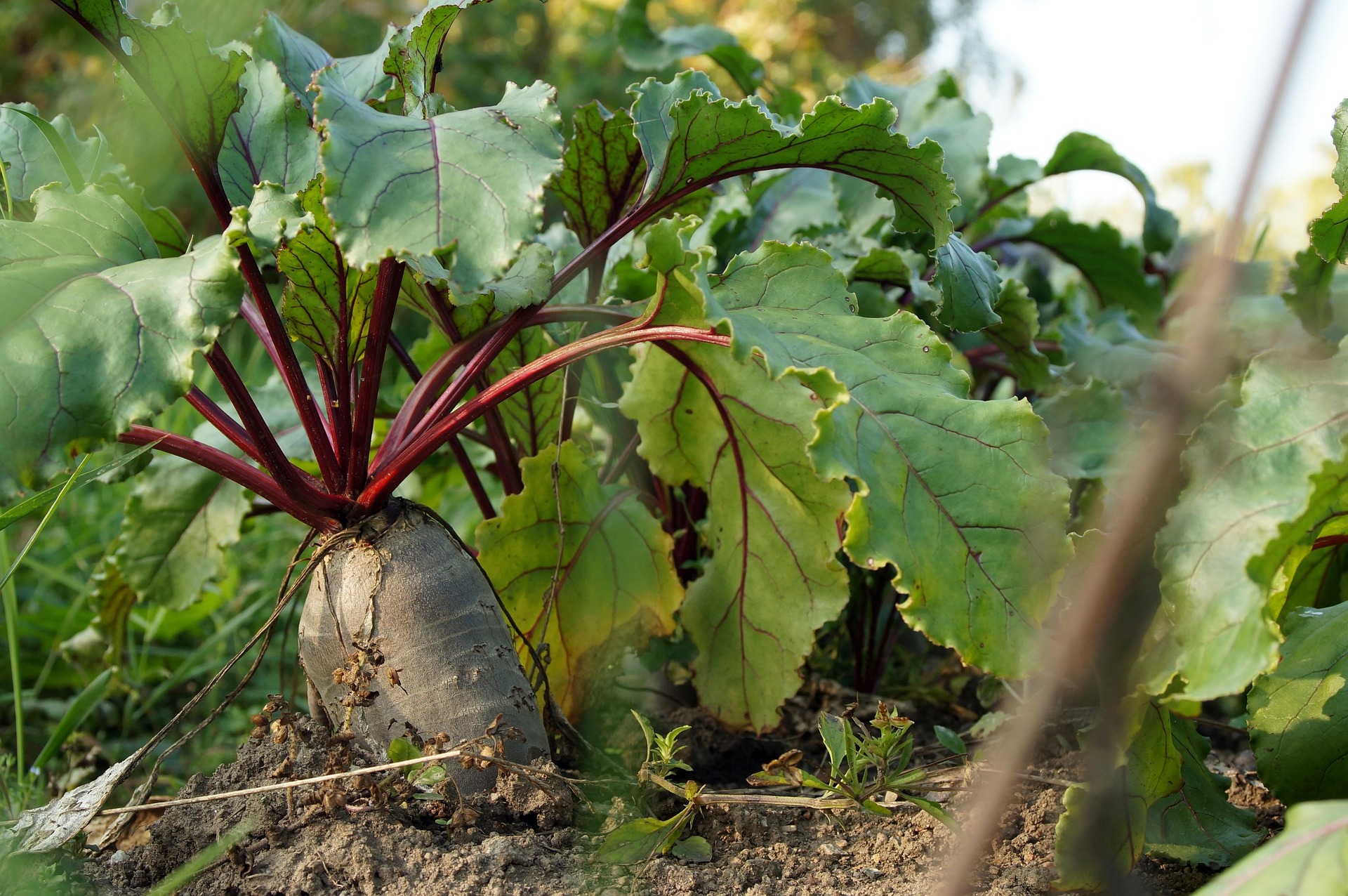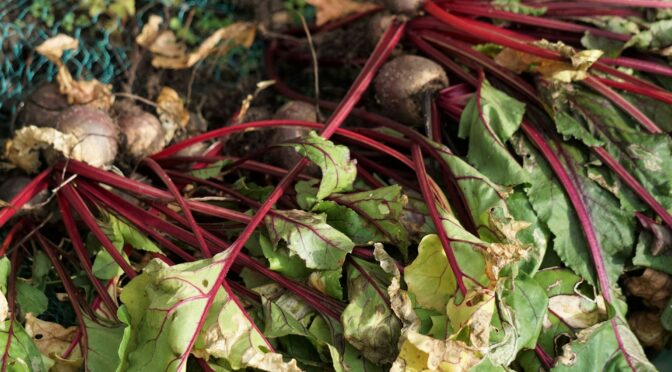Beets are the sweethearts of spring and fall. Their leaves and roots are stunningly colorful and deliciously sweet. Generally, beets are easy to grow, but there are a few ways to improve your production. If you struggle with beets or just want to ensure you’re getting the best harvest, here are a few tips for better beets.
Plus, get information to save seed from your favorite beet varieties!
Get a Soil Test
The biggest issue we see with growing beets is soil pH. They don’t do well in acidic soil. Getting a soil test, or using an at home pH test, is worth it.
Beets thrive when soil pH is between 6.5 and 7.0. If your soil’s pH is below 6, it will decrease your harvest. If the pH is lower than 6, sprinkle wood ash or limestone in the row as you sow your seeds for a quick fix.
Work on Soil Structure
Beets do best in light loamy soil. Outside of raised beds, this can be hard to find in many parts of the Mid-Atlantic, Appalachia, and Southeast. Adding a couple inches of finished compost to the bed can help beets thrive.
You can also improve soil structure over time by using mulch, cover crops, and additional compost applications. 
Grow Beets During the Right Times
Beets are best suited to spring and fall in the Southeast, because they become tough and stringy during hot weather. We recommend sowing from March through early June and again in early September.
Sowing beets in deep summer heat is difficult – young seedlings wilt and disappear, and even thick sowings may have only spotty survival.
For best germination, sow beet seeds 1/2 deep inch spring and then 3/4 inch deep in early fall. Sowing deeper may slow the germination a couple of days, but will keep the seeds cool and moist.
Thin Your Beet Seedlings
For best production, sow beets in rows 12 inches apart. Each beet seed is technically a berry and contains several seeds. When the seedlings have true leaves or reach 2 inches tall, thin them. Thin to 6 plants per foot for fresh beets, 3 plants per foot for beets used for winter storage. You can space plants more closely if you’re growing them exclusively as greens.
Fun Fact: Until the 1800s, beets were referred to as blood turnips because of their red turnip-like roots. The round and flat-bottomed beets of today are an improved form.
Water Beets Consistently
Beets grow best with consistent irrigation or watering, particularly in hot dry spells. Drought can encourage scab, the same disease seen in potatoes, and brown spots internally from boron deficiency, which is exacerbated by lack of water. 
Saving Beet Seeds
Beet seeds are not a crop we recommend for beginners as they are biennial, meaning that they don’t flower and produce seed until their second year. That said, it’s not that difficult to save beet seeds, the biggest hurdle is time.
After beets overwinter, they will bolt or send up a tall stalk to flower and set seed. At a glance, they look a bit like the pigweed or curly dock stalks you may see in your garden. The seeds will form about 6 to 10 weeks after you notice the flower stalk beginning to grow.
The seed will take another several weeks to mature. You can begin harvesting when about 75% of the seed appears brown and dry. You can strip the seeds from the plants by hand or thresh them by walking on a pile of plants.
Then you’ll need to separate the seed from the chaff or other bits of plant material. You can winnow the seed or use a screen like we use. For a small amount of seed, you could also pick them out by hand.
Lay the seed out on a flat surface or screen for a couple of weeks to dry completely. When they’re fully dry, they should crack and crumble when crushed, not bend or flex. When dry, store them in an airtight container out of direct sunlight.
Beets may cross with other beet varieties and Swiss chard. To avoid cross-pollination, isolate beets by 1/4 mile. Seed growers who want to produce pure seed should isolate beets by a minimum of 1/2 to 1 mile.
Learn more about Saving Seed from Biennial Crops.

